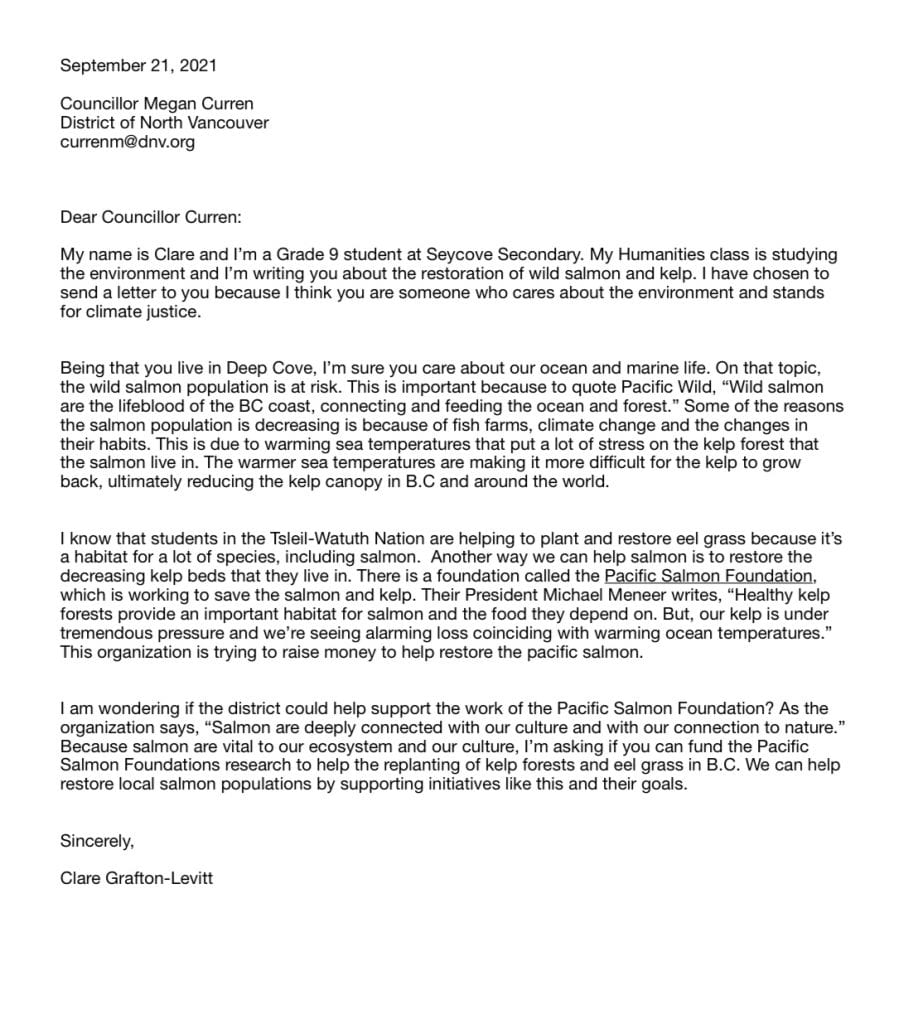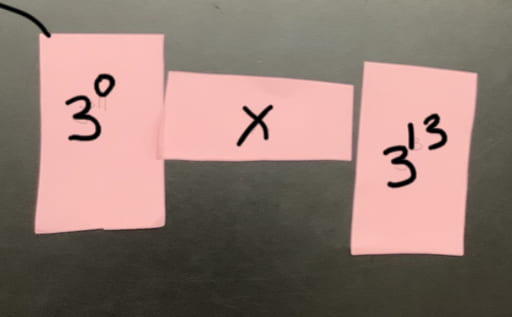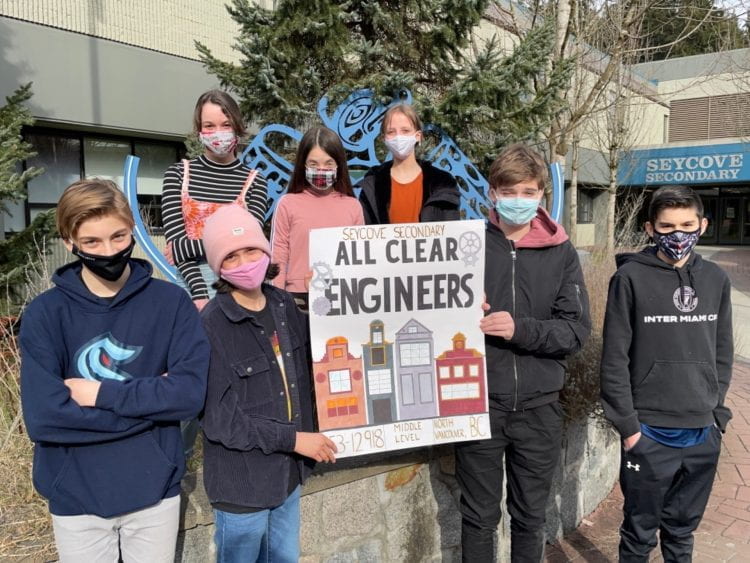How can we, as legal teams, determine the effectiveness of a revolution? For this humanities project we were studying revolutions and there effectiveness. There were four revolutions that we could individually choose: Haitian, Xinhai, American and French. I chose to do the French Revolution. I knew nothing about the French Revolution but after this project I had a very deep understanding of the events that took place during the French revolution. In the end, we presented our learning and discoveries about this revolution through a scripted mock trial play to an audience and our teachers. Each revolution was on trial for being ineffective, this means that it did not:
– Reform political systems aligning with the voice of the people
– Increase rights and freedoms for the people
– Remove a dictator with sweeping power
– Achieve financial stability
– Improve standard of living
– Remove internal conflict
Our goal was to argue that it was effective based on Crane Brinton’s Theory and Stages of a revolution which I will talk more about later. In this post, I will use our reading of Animal Farm, research on the French Revolution, the Nation-X Society Simulator, and the mock trial itself to demonstrate my learning and growth through out this project.
HIGHLIGHTS
Animal Farm

As most people do at one point through out high school, we read Animal Farm by George Orwell to introduce and deepen our understanding of what a revolution really is. When I first started reading the novel, I didn’t fully realize until about the second chapter that this book was one big metaphor for the Russian Revolution. Through analysis and a couple writing assignments and responses, I was able to connect plot points in Animal Farm to Crane Brinton’s four stages of a revolution.
Stage 1: Incubation Stage
Stage 2: Moderate Stage
Stage 3: Crisis Stage
Stage 4: Recovery Stage
I learned about how a revolution works because you could really see evidence of this through out the novel. I could connect it to what we were learning in class and use it to guide my research on the French Revolution.
Nation-X
Nation-X was a real-life society simulator to show us how society works. I quickly learned that how a society runs (the pros and cons of it) are a huge factor in revolutions. There were people who were in lower classes than others, people earning less money, we couldn’t talk to people in other classes, and we couldn’t even step out of our own zones. I went to jail for talking to someone in a higher than class than me (they started the conversation!) and I had to basically bribe the guards to let me out. “A” and “B” (the lower classes) attempted to start a revolution as life for them was unfair compared to that of “C” and “D”. We stormed the capital to get our taxes back, luckily we got some of them back but our revolution wasn’t really successful because we got arrested.
This simulator really helped me understand why revolutions in history start in the first place because of people being treated unequally. But I learned that revolutions have to be really planned out and have a specific goal to be successful.
THE PROJECT/EXHIBITION
Research/Affidavit
Crane brinton’s stages of the French Revolution

Before we started gathering research or writing our script, we had to organize our revolution and it’s plot points on a timeline. This timeline followed Crane Brinton’s Theory of a Revolution that we were introduced to in the beginning of the project. Individually, we made smaller mind maps to organize these thoughts and then came together to make a big one on the board that you see above. At this point, I was really able to recognize the continuity and change that a revolution creates over time. By looking at France before the revolution when King Louis XVI was in power and comparing that to the Crisis stage and Recovery stage of it, it is clear to see the similarities and differences in this timeline. By looking at the “Continuity and Change” chart that we wrote below, we are able to see how this revolution effected people in power, people of France and the different classes.
Continuity and change

Once we understood what a revolution was we were able to start gathering evidence and research for why the French Revolution (the revolution that my group worked on) was, in fact, effective. All of this information (witnesses, letters from the time, etc.) was put into our Affidavit. All of this information was the information we knew we were going to use in our script and in our presentation to argue the effectiveness of this revolution.
Affidavit

While working on the Affidavit and research, it was a challenge to delegate work evenly to everyone. To start, it was already really hard to find the sources because at the time of the revolution and the Reign of Terror, no one thought that the revolution was good since people were dying everywhere and their lives were completely disrupted. I found that it was pretty limited since we had to argue that the French revolution was effective because majority of the sources that we were finding argued that it was ineffective. Although this was a challenge, my group found enough relevant evidence to argue our side, bringing us very close to the “prosecution” in our actual skit once we wrote the script.
The Presentation
We rehearsed the script A LOT! We practiced in the classroom, in the drama room, and in our spare time and spare classes to make sure we knew it for the night of the exhibition. We also watched a couple videos in class to familiarize ourselves with how a court room runs, what you should wear in court, how you should speak, and some words that you can sue in your argument. This helped a lot in our actual mock trial because we knew by this point how a court case should run. Our Mock Trial along with the other Revolution’s mock trials were presented to parents and other members of the community who voted for guilty (not effective) or not guilty (effective).
Mock Trial
The parents in the audience ended up voting guilty for our revolution. Although this was not our goal, the votes were very very close (only one or two apart) and I am very proud of how my group did in the trial.
Conclusion
Learning about the Russian revolution in class and researching the French Revolution in my group, I noticed something about all revolutions: They all have good parts and bad parts. We only really see the good parts and the good outcomes after time, it’s not something that people during the revolution would see. I found this really interesting, comparing our view now of revolutions to what people thought during. I think this is where my groups challenges really came in when we were researching because the citizens of France couldn’t possibly have seen the Reign of Terror as effective. But looking at the event now, we have the perspective,knowledge, and evidence to argue otherwise. I think this project was very interesting and I really liked learning about the French Revolution. I loved that we learned about it from a court perspective, it made it a lot more compelling and fun to learn about and work with others. Overall, I am proud of what I have accomplished in this project.











 Next came the writing. I’m not going to go too much into detail about how I actually wrote the letter as that it pretty straight forward, but a large and very important part of writing is the critique and revise stage. I ended up writing seven different drafts! We got teachers to critique, one-on-one peer critique, and critique from the older grades. Instead of just getting the teachers opinion and my opinion, it was interesting to have the opinion of multiple other students who have done this project or projects like this. I think it really improved my letter.
Next came the writing. I’m not going to go too much into detail about how I actually wrote the letter as that it pretty straight forward, but a large and very important part of writing is the critique and revise stage. I ended up writing seven different drafts! We got teachers to critique, one-on-one peer critique, and critique from the older grades. Instead of just getting the teachers opinion and my opinion, it was interesting to have the opinion of multiple other students who have done this project or projects like this. I think it really improved my letter.





















